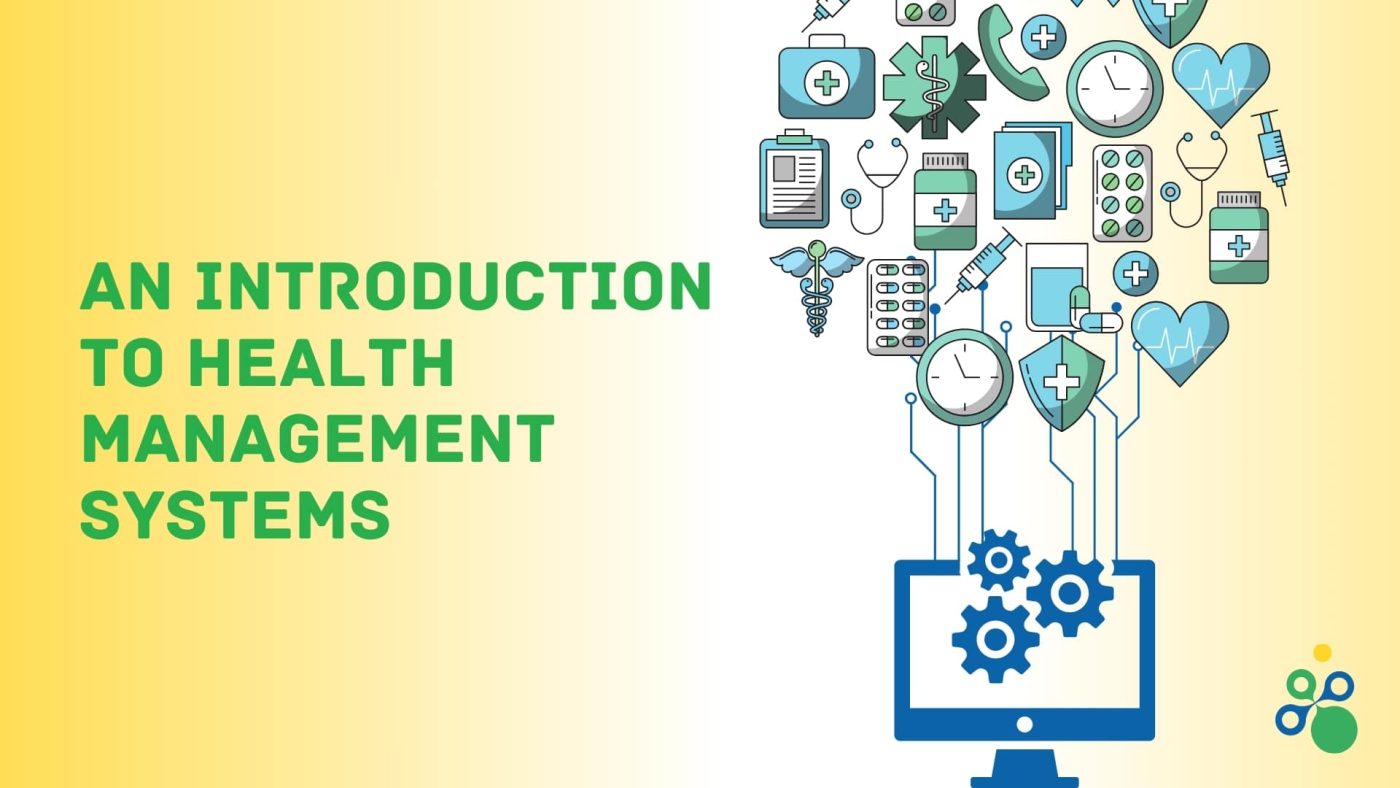How e-health platforms directly impact patients.
How e-health platforms directly impact patients.
Jacenta Nsibaabo is a 33 year old single mother whose 5 year old son Ambu started off the evening with only a mild temperature. By mid-night, the condition of her son had escalated into a burning forehead and a running nose. By morning, Jacenta was very worried about her son who had become very weak and looked dehydrated as a result of his loss of appetite. Without wasting any more time, Jacenta rushed off to a nearby health facility within her village in Shuuku.
On arrival Jacenta found a queue with what looked like 22 people lined up at the reception area. It was only 8:30 in the morning. It didn’t feel right that she should be subjected to a que considering that her son was in a terrible condition. Nevertheless, she obediently joined the queue taking up the 23rd position. After what felt like 45 minutes of no activity, Jacenta decided to raise her hand in order to attract the nurse’s attention so her son could receive immediate attention. However her efforts were futile. It did not feel like anyone was paying attention. She waited patiently in the queue for 1 more hour and 20 minutes before she was finally called upon. At the nurse’s desk, Jacenta narrated to the nurse how it all started and how it got to where it was. The nurse then took Ambu’s temperature and weight readings, it was evident that the child’s temperature was high. However, the nurse’s face was expressionless when she asked Jacenta to go back into the queue and wait to see the doctor. At this point, Jacenta was frustrated, she knew that if she returned back to the queue her son would not make it, she could feel her baby’s health deteriorating in her arms. She tried explaining this to the nurse but she was told to keep moving so the queue would shift. She hesitantly returned to the queue, sat down and made a silent prayer, hoping that her son would be attended sooner than later.
One hour later Jacenta was still waiting in the queue to see the clinical officer. With her sick baby in her arms, she yawned and realized she had not eaten anything since the previous night. Before she knew it, she started drifting off to sleep. Not long after, she was woken up by an unsettling movement of shaking in her arms. She jacked out of sleep only to realize that Ambu was shaking profusely and uncontrollably. Her haby was having a seizure. One of the causes of seizures among babies is unregulated high fever and lack of oxygen. Jacenta screamed for help, sobbing, fearing that her son was going to die. The two nurses in attendance were drawn to this scene, they picked Ambu from her arms and rushed him out of the queue and away from the crowd which had started gathering around them. Ambu was later given the treatment he should have received 2 hours ago. All this time, the nurses were pointing fingers at Jacenta blaming her for putting her baby’s life at risk by not speaking up. Jacenta felt helpless, exhausted and unsupported by the health system at her village clinic. We ask ourselves, “How could the nurses not have known that Ambu was a high risk case considering they conducted the triage?”
Jacenta represents many mothers who are frustrated and worried for their young ones when seeking healthcare. Uganda’s healthcare is characterized by well-intended long queues which are put in place to ensure orderliness and fairness. However, if not well managed, these queues may be catastrophic to vulnerable patients. There is need for a more efficient and reliable system to monitor who is in the queue, what their condition is and whether they require immediate intensive care or not. Queues are also a source of infection transmission for airborne diseases. According to World Health Organisation (WHO), hundred of Millions of patients are affected by Health-care Associated infections (HAI), the burden is higher in low and middle income countries.
About Stre@mline
Stre@mline; Uganda’s number one Electronic Medical Record was developed to address such challenges and more. Stre@mline’s primary purpose is to ENSURE THE SAFETY OF A PATIENT WHILE SEEKING HEALTHCARE. Stre@mline provides early warning scores which help to identify and prioritize sick children or adults and ensure critical care is not delayed. This is because Stre@mline incorporates World Health Organisation’s Emergency Triage Assessment and Treatment (ETAT). This is how Stre@mline would have supported in the case of Jacenta; after the age and the very alarming temperature readings of a critical patient like Ambu are entered into the system, Stre@mline marks the patient as a high risk case and will auto generate prompts to support the triage nurse to act immediately and try to stabilize the child. The prompts will read as such; “Isolate the child from queue, “give more fluid”, “regulate temperature”, etc.
Stre@mline also enables clinicians to save lives by providing safety prompts such as existing allergies along the entire patients’ journey. Stre@mline provides authentication checks for investigations and prescriptions ensuring that no errors are made by the clinicians. Historical investigation results are available 24 hours a day. A thorough Health screening for alcohol, smoking, BMI and family planning is included. Stre@mline also allows patients to receive a printed summary of their attendance with medication instructions in English or the local language hence improving compliance to treatment. In addition, it prevents prescription of drugs to which patient is allergic and allows prospective audit of all prescribing errors.
After its successful launch in the Western Region in March 2019, Stre@mline has now been launched in the Central region as of August 2019 and will soon be launched in the East and Northern parts of Uganda. All health facilities including specialized clinics can use Stre@mline. The other advantage it has is; it allows 100% prospective collection of accurate clinical data, ensures 100% security of patients’ data, minimizes the time and effort needed to input data by the health worker through the use of drop-down lists, Stre@mline supports the timely and accurate submission of Health reports in the HMIS format as required by the Ministry of Health.
Visit our website for more information; www.streamlinehealth.org
Visit our website for more information; www.streamlinehealth.org



